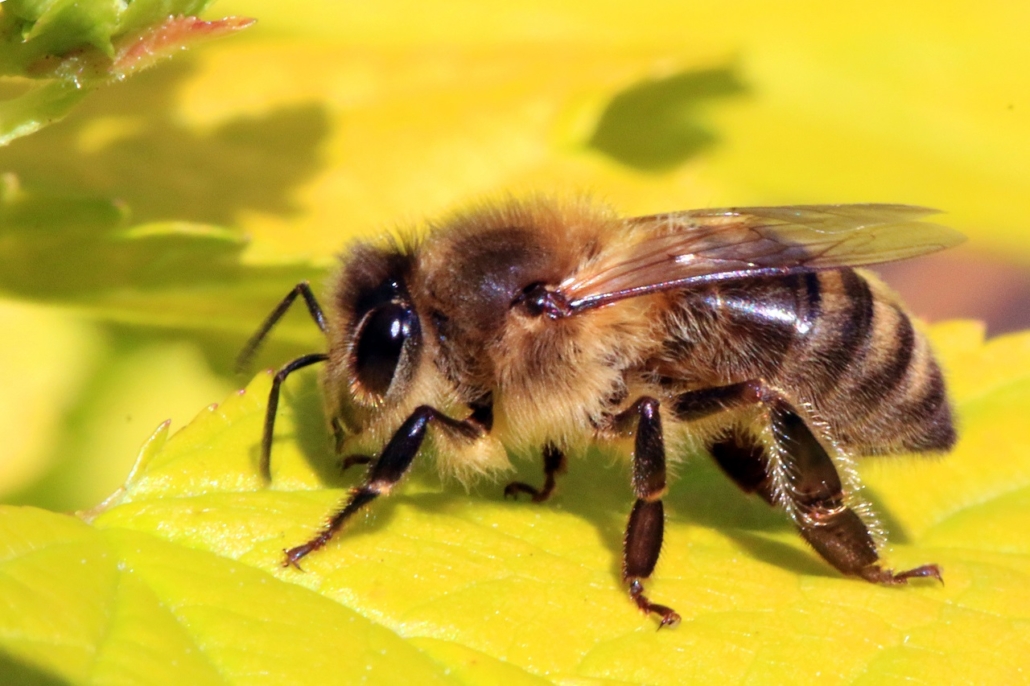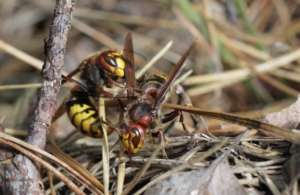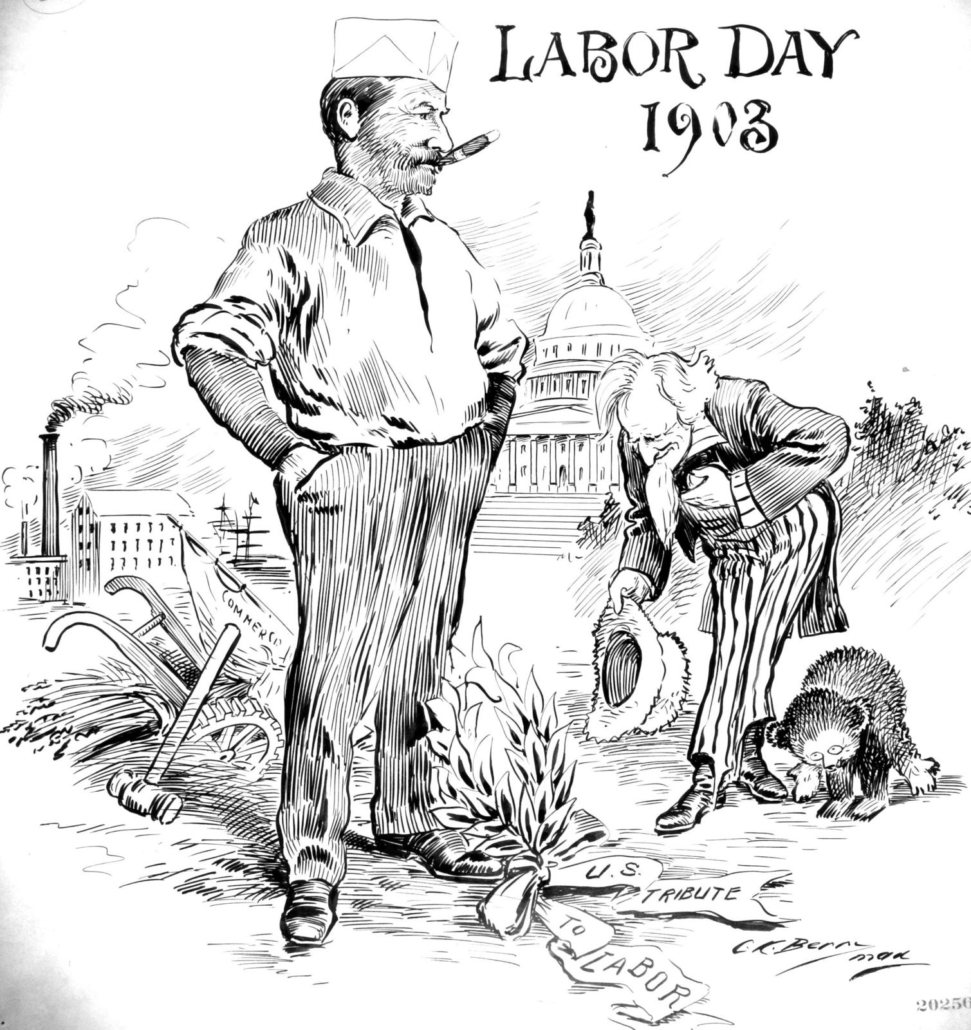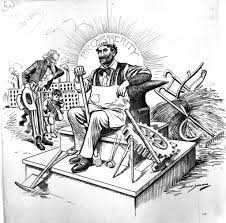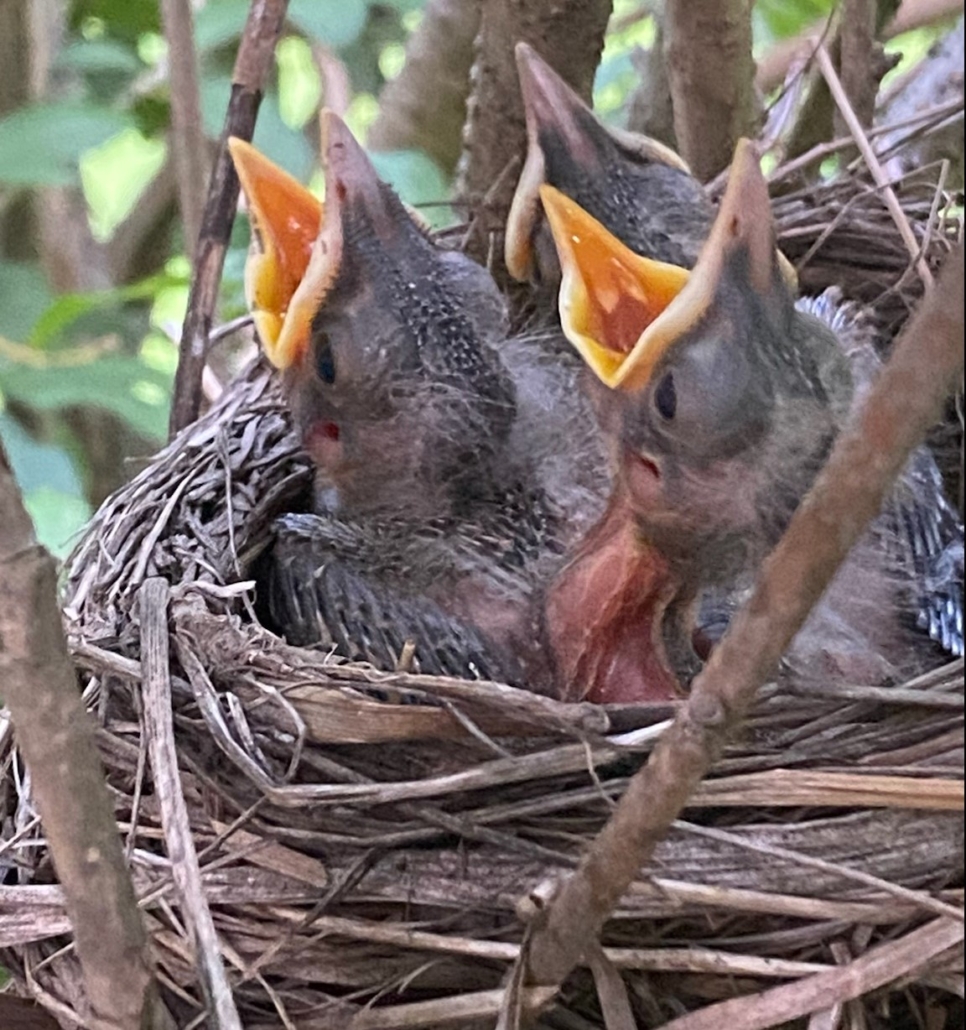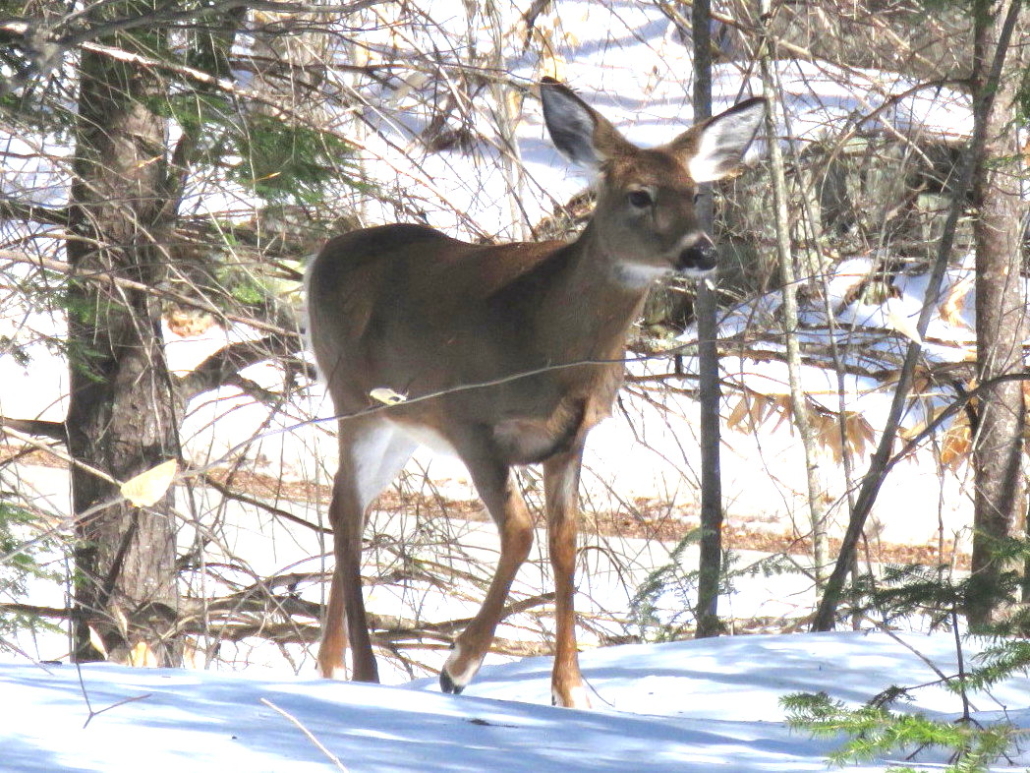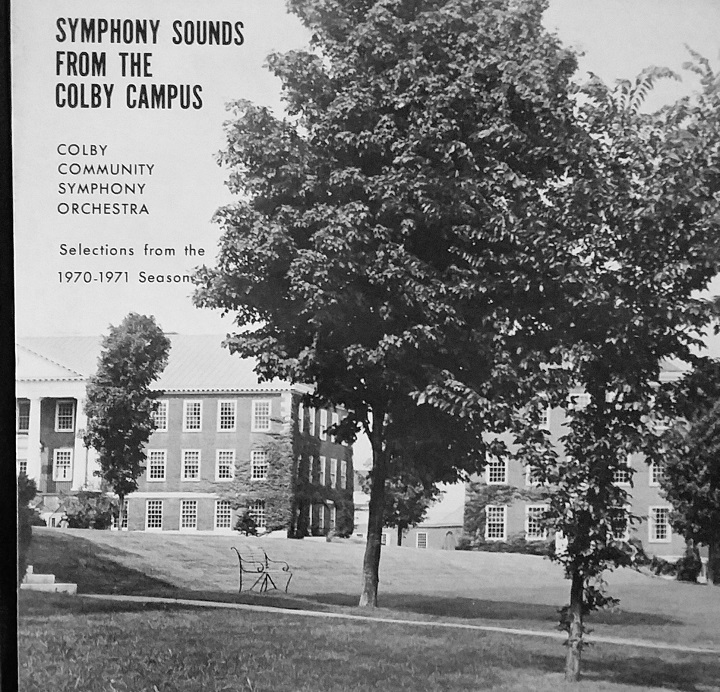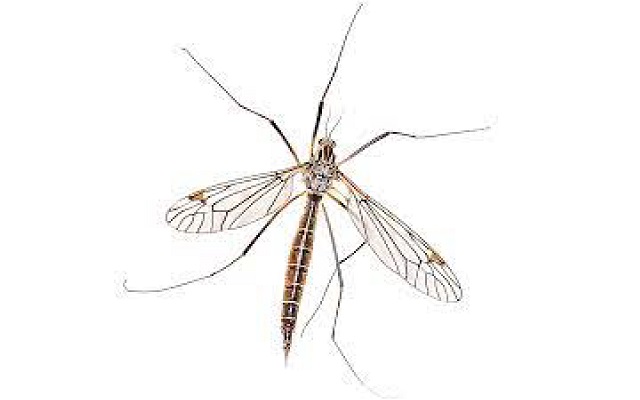SOLON & BEYOND: Airplane modelers hold fly-in at North Anson
 by Marilyn Rogers-Bull & Percy
by Marilyn Rogers-Bull & Percy
grams29@tds.net
Solon, Maine 04979
This is also recent news: On Saturday, August 28, Lief and I attended the annual club picnic at the North Anson Pines Field. Some of the ones that attended were from both clubs: Kennebec Valley Model Aviators, from Sidney, and Franklin County Aircraft Modelers, who sponsored the picnic and fly in at their field. I was very impressed watching all of the many planes being flown. It was a perfect day for this event, with no wind to bother the planes and the food was great. I found out some names of ones who attended, but I’m not going to print them because I’d probably leave out some and get in trouble, was told there were between 25 and 30. It seemed to me everyone was enjoying themselves immensely.
Now for some old news from an August 3, 1988, Skowhegan Reporter. It starts with these words, SOLON “The Friendliest Town in the State” with hearts on either side. Good morning my friends! God grant me the serenity to accept the things I cannot change, courage to change the things I can and wisdom to know the difference. I don’t always live up to this favorite prayer of mine, although I am practicing the power of positive thinking to the limit! I kept saying all last week in GRAMS, “It can’t possibly be this hot!” But I survived, and only closed 15 minutes early two of the days. It isn’t condusive to enjoyable shopping when the water runs down and drips off the end of their noses, even for a born shopper! Several people have suggested that since I am becoming so liberated I should wear a bikini while on the job, but since I have put on several pounds in certain places, I’m afraid a bikini wouldn’t contain it all!
Now for the second part of the prayer, I had the courage to try and change Central Maine Power’s mind about their rates but not the wisdom to know I couldn’t do it. I have proved a point to myself, it is possible to live quite happily without the modern convenience although I’d advise people to stay up wind from me after a hot one!
Came across this little bit of old news that I started out in a Carney Brook Chronicle, in June 13, 1997 paper. Hi, it seems like ages since I sat down to write this column and this morning I feel even more fortunate to be able to share with you after my close encounter with a moose the other evening.
I was in a hurry to get home after being away all day and there is no doubt that I was driving faster than I should have been when rounding a curve on River Road, and there right in front of me was a large moose. I very quickly applied the brakes and to my dismay a car was approaching from the other direction and the moose was sandwiched between us. My fear was that he might charge at one of us, but instead, he climbed a steep bank and I continued on my way with my heart going pitter-patter.
All of that took place after Frank had died and I was alone for 16 years.
There will be a meeting of the Embden Historical Society on September 13, 2021, a 6:30 p.m. Program at 7 p.m.. The program will be about Properties, Trails and History of Somerset Woods. Chairman will be Carol Dolan with a slide presentation by Dr. Ann Dorney, at the Embden Town House, 751 Cross Town Road, Embden.
The following is Percy’s memoir: To speak of life’s beauty as the thoughts would dictate; To work and help others as love would relate; To cherish our friendships…Some tried and some true; To manifest God, in the things that we do. To lend hearts in service, Ah,! that is the core Of what God has created each one of us for. (words by Roxie Lusk Smith).


